A special place in the city of Iasi's cultural and scientific landscape is located on Mihail Kogalniceanu Street, which still retains the scents of the evening parties organised by personalities of yore, is the Poni-Cernatescu Museum where the public get access to the fascinating world of arts and sciences.
"On this street, the nostalgia of the past envelops us through the presence of brothers Pastorel and Ionel Teodoreanu, who lived right at the end of the street and whom we seem to hear whispering to us from their writings. Going down the street, the compositions of Enrico Mezetti surround us with their harmonies and remind us of the glamorous evening parties of Matilda Poni, where they would sing romances composed by Eduard Caudella, Ciprian Porumbescu, Carol Decker, or the philologist Grigore Scorpan, one of the tenants of the street. Some more steps up the street was Mihail Kogalniceanu's house, where personalities of his time would congregate in the oval lounge. On winter holidays, the most beautiful Christmas tree in Iasi was decorated there. Across the street from the Kogalniceanu house was the residence of the literary critic Petru Comarnescu, whose members are descendants of the Poni and Cernatescu families. Also in this street is the house of the philologist Alexandru Phillippide, and at the intersection of Kogalniceanu and Buna Vestire streets lies a house where George Topirceanu lived for a while," says museographer Oana Florescu.
On Mihail Kogalniceanu Street, science has important representatives: the chemists of the Poni and Cernatescu families, biologist Nicolae Leon - none other than the older brother of Grigore Antipa, engineer Aurel Cernatescu, doctors Varnav, Ciobanu, and Martu, told Agerpres.
"If our steps stop in front of the college building that bears, since 1960, the name of the poet Mihai Eminescu, we remember that there was Mavrocordat Palace, known as the Royal Court of Sararie. This is where the Moldavian ruler Alexandru Mavrocordat moved his residence in 1786. This is also where the Peace of Iasi was signed, following the Russo-Turkish war of 1792. In 1869, the building became a private high school, founded by Iasi university professors, including scholar Petru Poni, who taught chemistry to the students of this educational establishment. First it was called the Academic Institute, then the United Institutes. In 1909 it became the Oltea Doamna Boarding School for girls," explains Florescu.
Across the street from the Mihai Eminescu National College is a building built in 1839, near the Church of the Annunciation, for the family of Metropolitan Bishop Veniamin Costachi. Twenty years later, circa 1859, the building on the street now named 9 Mihail Kogalniceanu was inhabited by Nicolae Goncescu, who sold it to Metropolitan Bishop Calinic Miclescu. In 1874, the house was bought by the lawyer Dimitrie Telemaque, who in turn sold it to Professor Petru Poni.
In 1880, the building, adjacent to the property of the great Mihail Kogalniceanu, became the property of the family of the scholar Petru Poni, who in 1876 married Junimea author Matilda Caterina Cugler.
"Men of science and letters often visited this building. During walks on Aleea Academiei, Petru Poni consulted with his former students Emil Racovita, Nicolae Iorga, Nicolae Costachescu, Petru Bogdan and many others. Being a member of the Junimea literary society, Matilda Poni would hold literary meeting where our national poet, Mihai Eminescu, as well as Ioan Slavici, Veronica Micle, Ion Creanga, Ciprian Porumbescu and many others participated many times," says museographer Oana Florescu.
In 1925, after the death of Petru Poni, the house on 9 Kogalniceanu Street belongs to the heirs and later the rights of succession are sold to two daughters. Under the same deed, part of the land was transferred to Aurel Cernatescu.
After the death of the writer Matilda Poni, her two daughters, Margareta and Lucia, lived together with their grandson, Radu Cernatescu. During WWII, Margareta Poni and Lucia Poni, together with Radu Cernatescu, took refuge for two years in Alba County, with the house being left in the care of the family of close relatives.
"On the night of June 5-6, 1944, Iasi was heavily bombed, especially the areas of Copou, Pacurari and the train station. The house in Pacurari of professor Radu Cernatescu burned down that night, and the house of the Poni family sustained major damage. In 1971, the last tenant of the house, Margareta Poni, donated to the government the residence of the scientist Petru Poni with the aim of being transformed into a memorial museum dedicated to the Poni family and the chemists of Iasi. Other important objects for preserving the memory of the members of the Poni family were added through donations to the mobile assets of the future museum," says Florescu.
Transforming the house into a memorial museum was not easy at all.
"In order to round up the mobile assets of the new memorial museum, the Faculty of Chemistry, through the Laboratory of Inorganic Chemistry at the Alexandru Ioan Cuza University in Iasi transferred to the Moldova Museum Complex twenty-nine laboratory objects used by professors Petru Poni and Radu Cernatescu over the years. The residence of the Poni family became a museum after a long period of time, approximately 15 years. The restoration of the house was completed in 1990, with part of the interior design being assigned, by auction, the Decorativa Bucharest enterprise. On November 7, 1991, the Petru Poni Chemistry Museum in Iasi opened its doors to visitors, an institution that still pays tribute to the memory of some personalities in the field of chemistry," Florescu added.
Six of the building's rooms are included in the tours of the museum: the reception hall, the dining room, the office of Professor Petru Poni, the Radu Cernatescu room, the room of personalities from the higher chemical education establishments of Iasi and the room of the local chemicals companies.
"In the memorial rooms, authentic assets of the Poni family are on display: furniture, photographs, paintings, pieces of decorative art and clockwork. Later, the Iasi chemical education room was thoroughly reorganised and turned into a lounge dedicated to the memory of the poet Matilda Cugler-Poni. The Chamber of Local Chemical Enterprises received another destination with the setting up of an exhibition dedicated to Iasi City chemistry notables. In 1994, the museum became known as Poni-Cernatescu. The name of the kiosk was given by Professor Poni to distinguish it from the academy alley, a place of intellectual pilgrimage, where the famous chemist held discussions about matters that had nothing to do with poetry, with the agronomist Ion Ionescu de la Brad (his uncle), with the philologist Ion Bianu, with the chemist Constantin Istrate, with the historians A.D. Xeonopol, Nicolae Iorga and with the mineralogist Vasile Butureanu. In 1998, a bust of Professor Petru Poni was cast in bronze and mounted near the house," explains Florescu.
The current permanent exhibition of the "Poni-Cernatescu" Museum was inaugurated in 2012.
"Both the architecture and the construction techniques are specific to that period and are based on brickwork. The living room displays solid oak furniture, art objects, photographs. The library and the office keep specialist and fiction books, school textbooks, collections of magazines. The most important works are those that prove the contribution made by Poni in the fields of petroleum chemistry, mineralogy, meteorology, agriculture and history. International recognition as a scientist is emphasized by the diploma of member of the French Order "Legion d'honneur," received by Petru Poni in 1902, the diploma of a member of the Imperial Academy in Moscow, for the comparative study of Romanian, American and Russian petroleum chemistry, the Grand Cross of the Order of "Franz Joseph," which was awarded to him in 1903 by the Austro-Hungarian Empire, the Order of "St. Sava," which was awarded to him by the Kingdom of Serbia and the "Star of Romania" Order bestowed upon him in 1905," mentioned Oana Florescu.
In the room dedicated to Matilda Cugler-Poni, furniture and decorative art objects that belonged to the poet are displayed, among them a silver-plated box for jewelry, a writing kit for the office, the volume of poems called "Poems," edited by Casa Scoalelor [House of Schools - editor's note] in 1927. Matilda's verses were a source of inspiration for the composers Ciprian Porumbescu, Eduard Caudella and Grigore Scorpan, who wrote romance scores.
In the room dedicated to academician Radu Cernatescu, there are furniture items, the piano for the orchestra, "His master's voice" gramophone with the ebonite discs and specialized books that emphasise the passion for chemistry and music.
Equipped with work tables and various substances, glassware and utensils necessary to carry out some fun experiments, the chemistry laboratory in the house on 9th Kogalniceanu street is equipped with a smart-TV with a touch screen and a chemistry software, showcases that present documents, specialist books, diplomas, photographs and personal items that belonged to renowned scientists such as Nicolae Costachescu, Anastasie Obregia, Constantin V. Gheorghiu, Ilie Matei, Gheorghe Alexa, Mihai Dima, Ion Zugravescu, Cristofor Simionescu. Chemistry and physics textbooks from 1869 and 1874, authored by scientist Petru Poni, are also presented.
"Students used these textbooks, physics and chemistry for almost forty years. They were famous for their method of presenting information. A special place is occupied by the first PhD thesis in the field of chemistry in Romania entitled "Gases Contained in Salt and in the Mud Volcanoes from Romania," held at the Faculty of Sciences in Iasi, by Nicolae Costachescu, in 1905, under the guidance of Petru Poni," explains museographer Oana Florescu.
In the basement, in the vaulted rooms that have never been open to visitors before 2012, an exhibition of minerals was set up that corroborates Petru Poni's interests in this field.
"In the space that includes two large rooms, a mining atmosphere has been recreated to suggest the place from which these minerals are extracted. The mineral collection includes more than a hundred specimens of mine flowers, minerals and ores extracted from the Banat and Maramures areas and which are divided into nine classes. Through the field addressed, besides the memorial value, the museum also has an educational role through the museum pedagogy workshops offered to the public," concluded Oana Florescu.

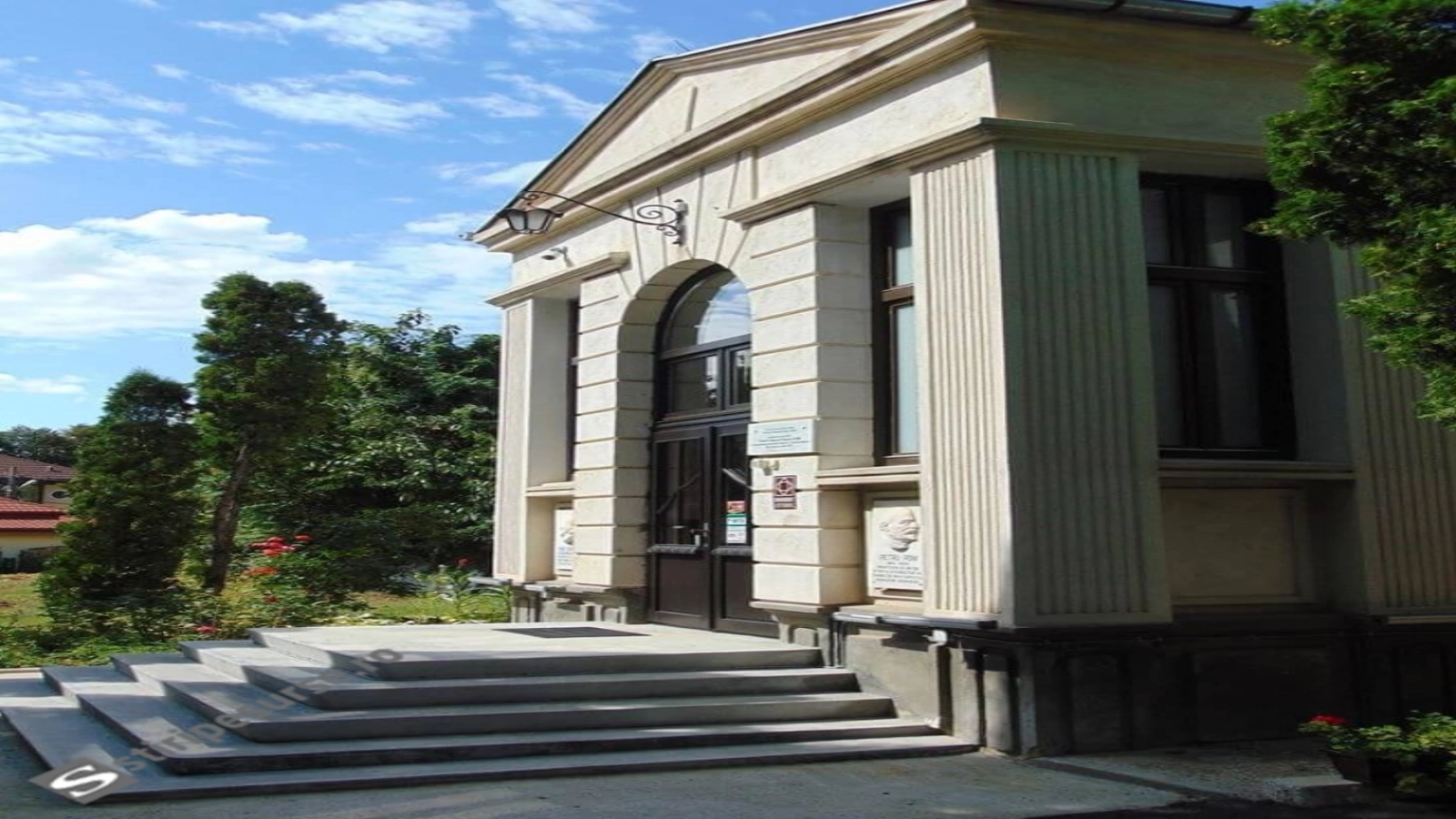





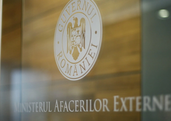
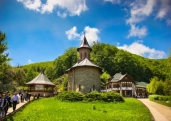




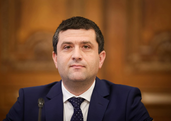







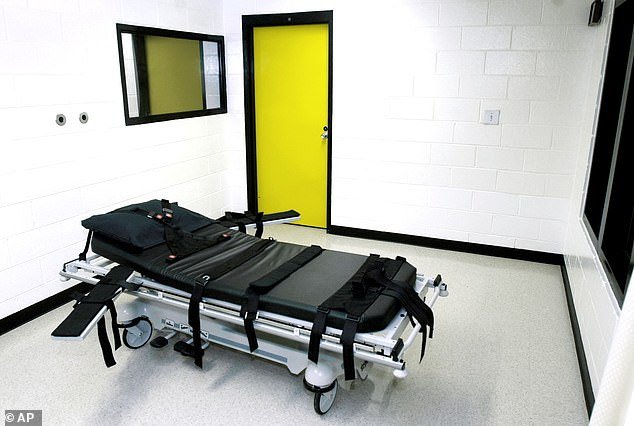




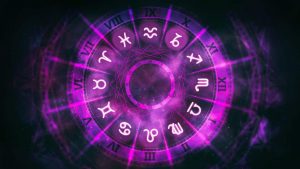




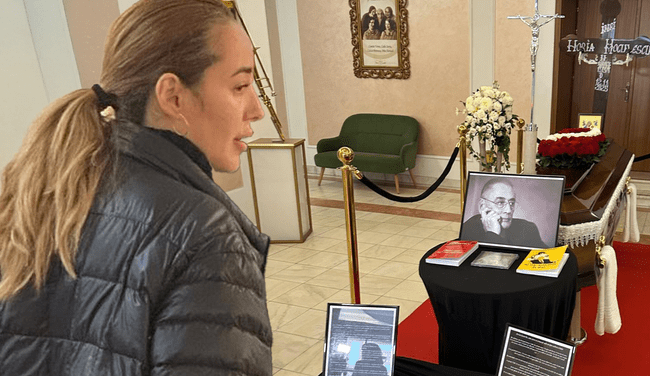

Comentează